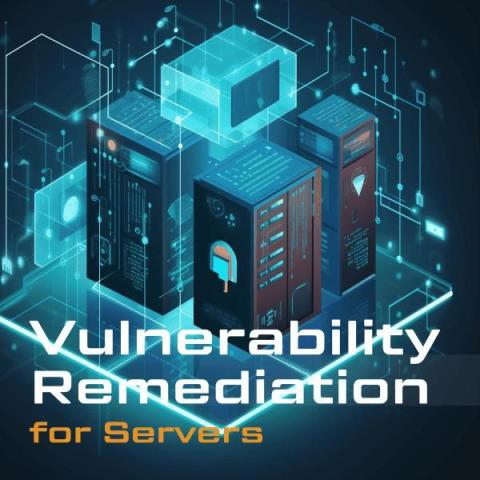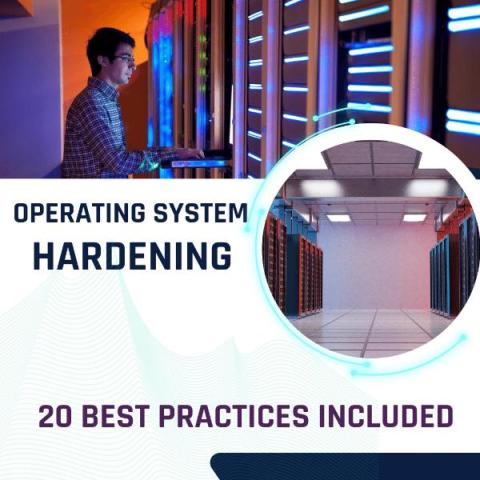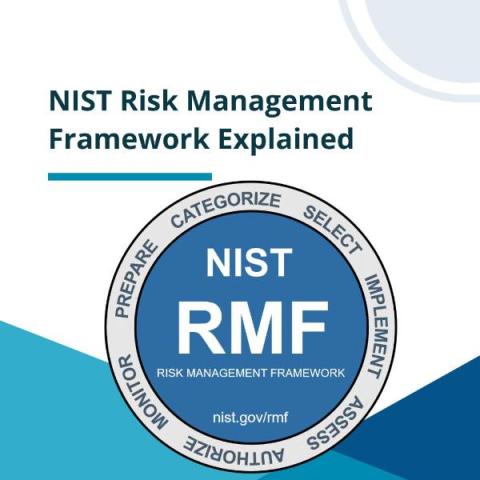Disable NetBIOS on Windows Servers
While NetBIOS (Network Basic Input/Output System) has been historically used for local network communication, it has several security vulnerabilities and limitations, and its use has diminished over time. Here are some reasons why someone might want to disable NetBIOS: Broadcast Traffic: NetBIOS relies on broadcast traffic for name resolution, which can lead to network congestion and inefficiency, especially in larger networks.











